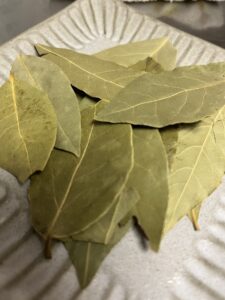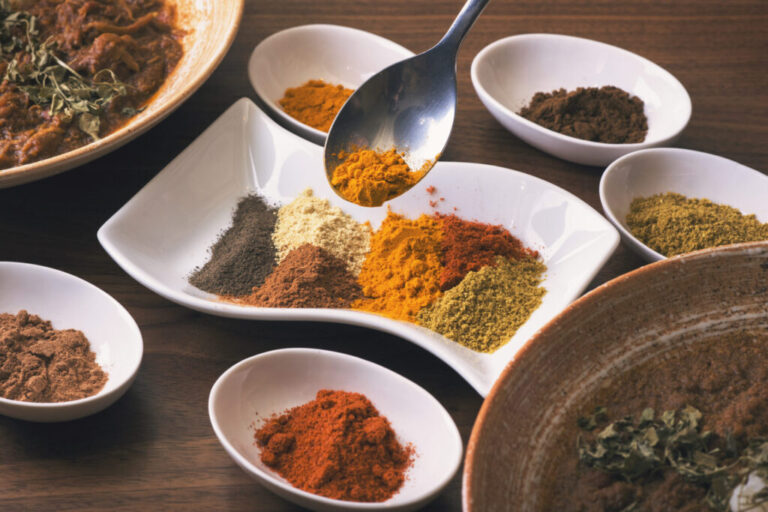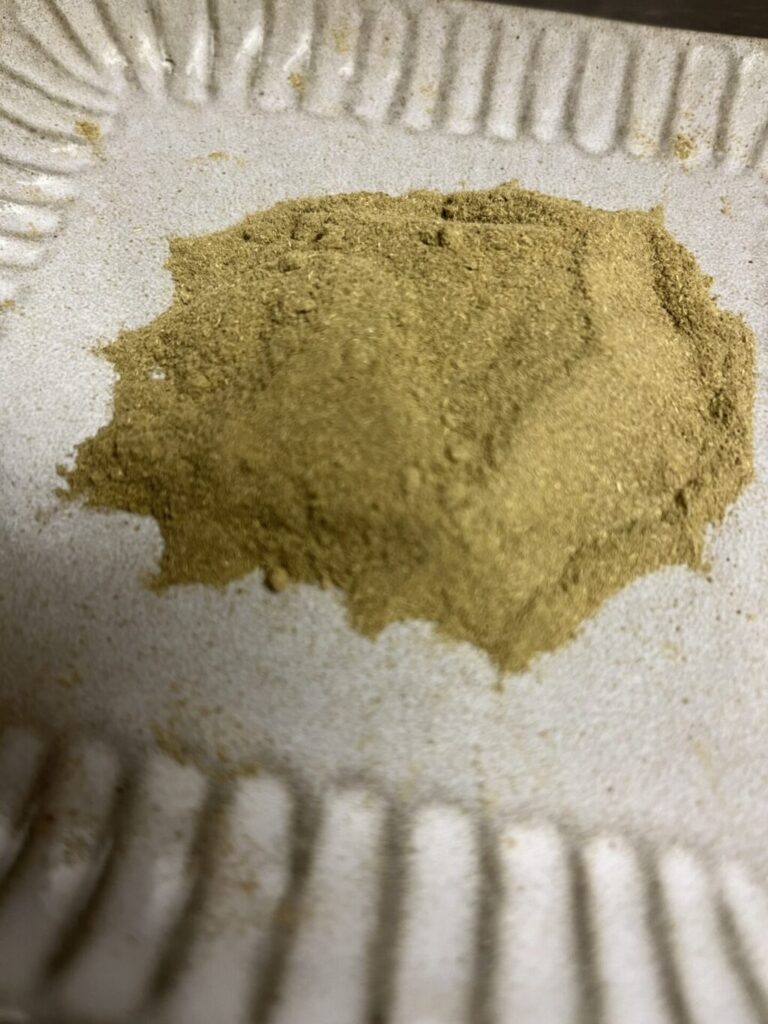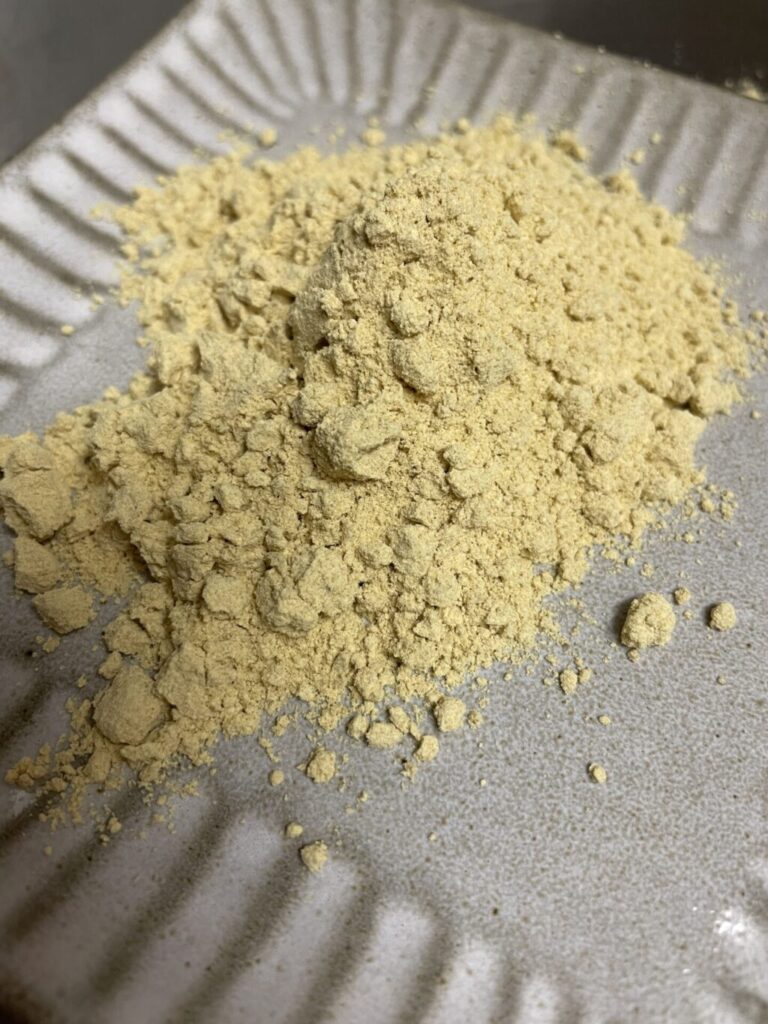 Laurel is a French word, called laurel or bay leaf in English and laurel in Japanese. It is native to the Eastern Mediterranean region, but has long been cultivated in Northern Europe and the United States. The bay leaf has an attractive balsamic aroma with nutmeg and cold astringency.
Laurel is a French word, called laurel or bay leaf in English and laurel in Japanese. It is native to the Eastern Mediterranean region, but has long been cultivated in Northern Europe and the United States. The bay leaf has an attractive balsamic aroma with nutmeg and cold astringency.
目次
ToggleHistory of bay leaves
It is believed that bay leaves have been cultivated since ancient Greek and Roman times. It also appears in Greek mythology. At the ancient Olympic Games, the winners were given crowns woven with bay leaves, and the legacy of this tradition continues today. (In today’s Olympics, they use olives instead of bay leaves.) This shiny, very hard leaf wreath became a symbol of wisdom and honor for Greeks and Romans, as well as for kings, poets, Olympic champions, and victorious generals. It spread to Japan during the Meiji period (1868-1912) when laurel trees imported from France were planted to commemorate victory in the Russo-Japanese War.
Medicinal effects of bay leaves
The bay leaf has a variety of medicinal effects, some of which are introduced below.
(1) Digestion promotion
Cineole, the main component of bay leaf, promotes digestion. It also stimulates the function of a weakened stomach, liver, and kidneys. Cioneol also improves the circulation of blood, and can be expected to improve sensitivity to cold, skin problems, and gynecological ailments.
(2) Reduces inflammation
The pinene and sapinene in bay leaf have the effect of relieving inflammation and pain. As a result, it has long been used as an herb to relieve pain such as rheumatism, arthritis, and neuralgia.
(3) Insect repellent effect
In addition to this, bay leaf also has an insect repellent effect, keeping unwanted insects at bay when placed. When placed in a rice bin, for example, the leaves can be used to repel insects.
(4) Antioxidant effect
Eugenol, a fragrance component, is expected to have a strong antioxidant effect. It suppresses the generation of active oxygen, repairs cells, and enhances immunity. By enhancing immunity, various body problems such as arteriosclerosis can be prevented.
How to cook and store bay leaves etc.
The flavor of bay leaves permeates slowly, making them ideal for soup stocks, soups, stews, sauces, marinades, and even pickles. The bay leaf is an essential ingredient in bouquet garni and adds a nice flavor to bechamel sauces, a familiar ingredient in French cuisine. It is also perfect for flavoring tomato sauces as well as beans and tomatoes. Each region has its own unique use for it, such as in lamb dishes in Turkey, in chicken and lamb tagines in Morocco, and with braised beef in France. It also gives a fresh, pleasant and distinctive spicy fragrance to stewed fruits and custard puddings. If stored in an airtight container, the aroma and flavor of the dried leaves will last at least a year, while the fresh leaves after some time will have no flavor.
Finally.
The bay leaf introduced in this article. How was it? It gives a unique and refreshing aroma and flavor to any stewed dish, but be careful not to overcook it. It will become bitter, so be careful not to overcook it, and remember to take it out after each simmering. Next time: Lemongrass. Please look forward to it.






